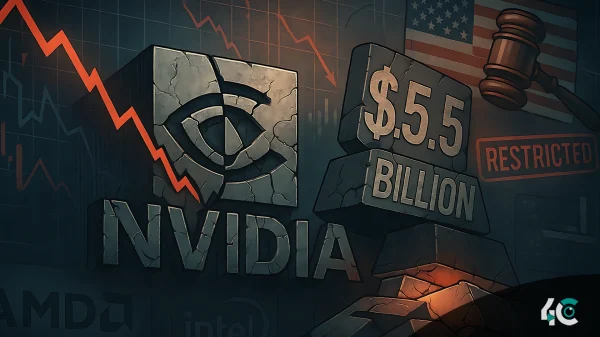Ambient Finance, a distributed trading platform, revealed a major website hack on October 17, which led the company to alert users. They encouraged everyone not to interact with the site, link wallets, or make transactions until further notice.
Despite the theft of their website domain, the company confirmed that the intrusion only affected the frontend, ensuring the safety of all payments and contracts. Ambient Finance restored the domain shortly following the incident, but it is now waiting for DNS changes to properly spread. Users should wait on any online interactions until they have a formal “all clear,” they said.
Blockaid’s security analysts discovered that the attack utilized the Inferno Drainer virus, a program known for stealing digital assets. The shocking registration of the command-and-control server for this assault just 24 hours before the hack suggests a premeditated operation.
Following the news, some people took to social media to express their frustration with Ambient Finance. Some individuals, who claimed to have already suffered financial losses as a result of visiting the site during the hack, took to social media to criticize the corporation for its inadequate communication regarding the hack. Users’ concerns about potential refunds and improved security measures intensified the response even more.
Ambient Finance emphasized its commitment to user safety in response. While investigations aid in preventing further losses, Ambient Finance advised all users to temporarily withdraw their consent to their contracts.
This event fits a larger trend, as advanced virus attacks aimed at digital assets are now very common. For example, long considered to be safe, malware tailored for macOS systems is becoming more and more used. In August 2024, researchers discovered a new malware strain known as “Cthulhu Stealer” that could pass for normal macOS applications, steal confidential information, and empty cryptocurrency wallets.
Users and businesses both still have to give security first priority and be alert against any assaults as cyber hazards change.




























